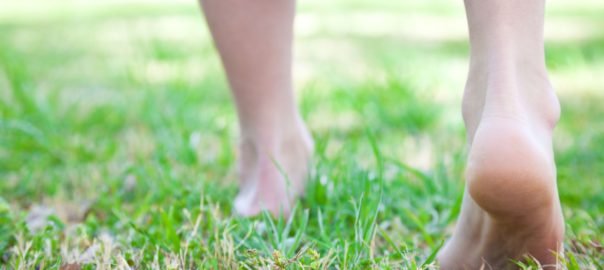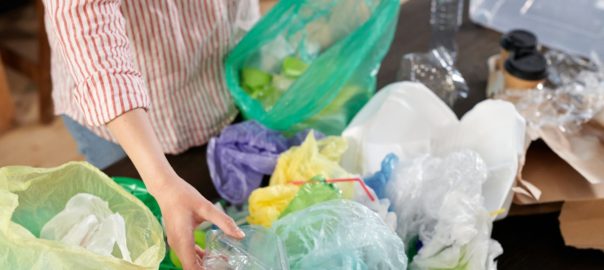Plastic, it's all around us, a significant part of our modern lives. From hangers to toothbrushes, hairbrushes, storage containers, toys, and decorative accessories we live our lives surrounded by plastic.
One plastic ingredient that is still receiving a lot of news coverage is Bisphenol A, also known as BPA.
What exactly is BPA?

BPA is a building block for making plastic and plastic additives. Discovered in 1891 it is highly used in polycarbonate plastic items such as shatterproof bottles, CD's and DVD's, eyeglass lenses, and medical and dental equipment. It has also infiltrated our food packaging which can bring serious health risks.
A large part of the concern about BPA is that it is now known to be part of a category of endocrine interrupting chemicals called obesogens. Simply put an obesogen gets into our body and causes harm by reprogramming stem cells to turn into fat cells, or altering gene function.
A study published in 2009 in Molecular and Cellular Endocrinology stated, “The recent dramatic rise in obesity rates is an alarming global health trend that consumes an ever increasing portion of health care budgets in Western countries. Recent research implicates environmental risk factors…evidence points to endocrine disrupting chemicals that interfere with the body's adipose tissue biology, endocrine hormone systems or central hypothalamic–pituitary–adrenal axis as suspects in derailing the homeostatic mechanisms important to weight control.”
In plain English, our exposure to BPA may be one of the factors that is contributing to the growing epidemic of obesity.
Obesogens also have the ability to mimic estrogen and its effects on the body. This estrogenic effect may be linked to reproductive abnormalities, breast cancer, prostate cancer and even diabetes. Unfortunately, in spite of the knowledge of how bad BPA is for us, it still permeates our food chain. At the end of 2010 Canada acknowledged BPA as a toxic substance for both humans and for the environment; their government is working to remove it from use.
The use of BPA in our modern environment can be overwhelming. One high exposure source of BPA is the thermal paper lining credit card receipts, the BPA makes the paper printable. Unfortunately it also flakes off easily when we touch the paper, allowing transfer to anything you touch or ingest afterwards. When you receive credit card receipts fold them inward so that the printed side (the side with the BPA lining) is more contained. If the receipt is printed on both sides, which is happening more and more, try to handle the receipt as little as possible.
What can you do to decrease your exposure

1.Avoid products that are known to be most contaminated by BPA. Canned foods are a big health hazard as the lining in most cans has BPA in it.
There are a few brands that claim to be BPA free but unfortunately, an article from Consumer Reports, December 2009, showed that some companies which claimed to have BPA free cans still had trace amounts of the chemical in their product. The report went on to state that those foods in plastic containers with metal pull-off lids, specifically Chef Boyardee Beef Ravioli in Tomato and Meat Sauce, had BPA levels that were 1.5 times higher than the same product in a metal can.
2. In addition to canned foods, plastics that are marked with a number 7 recycling code and any unmarked plastic containers are highly likely to be made with BPA.
Even products in glass jars may contain BPA in the lid. As a matter of fact those people who process their own food at home thinking that they are avoiding exposure may not be aware that Jarden Home Brands, the manufacturer of Ball, Kerr, Golden Harvest, and Bernardin brands, admits that there is some BPA in its lids.
Although it is a small amount, BPA is most highly released under heat and pressure, both conditions which are met during the canning process. (In fairness it is important to note that the plastic storage lids made by Jarden do not specifically contain BPA) It is important to avoid these containers in order to reduce your exposure. Soups and other products are now available in cardboard packaging which does not have BPA.
3. Other BPA containing products can include plastic bottles, plastic lined metal bottles, sippy cups, a lot of microwavable cookware, and plastic bags.
Using unlined stainless steel drinking bottles and cups can avoid exposure. When purchasing lunch-meats at the deli, re-wrap them into wax paper or food safe BPA free containers (either glass or metal). If possible choose containers that have metal, wood, glass, or silicone lids in order to avoid the exposure to plastic.
4. Nutritionally, aside from removing as much BPA from your environment as possible, one of the dietary changes you can make is to increase your intake of folate.
Research from Duke University shows that increased folate intake by pregnant mice negated the harmful effects of BPA exposure. Good sources of folic acid are dark leafy greens such as kale, spinach, romaine lettuce, swiss chard, mustard greens and turnip greens. Folate can also be found in asparagus, broccoli, cauliflower, and lentils. Adding generous amounts of these whole foods to your diet is a healthy way to help protect your health.
It is important to be mindful of the different ways that BPA exposure exists in your environment. With these tips, you can help limit and control your exposure.






